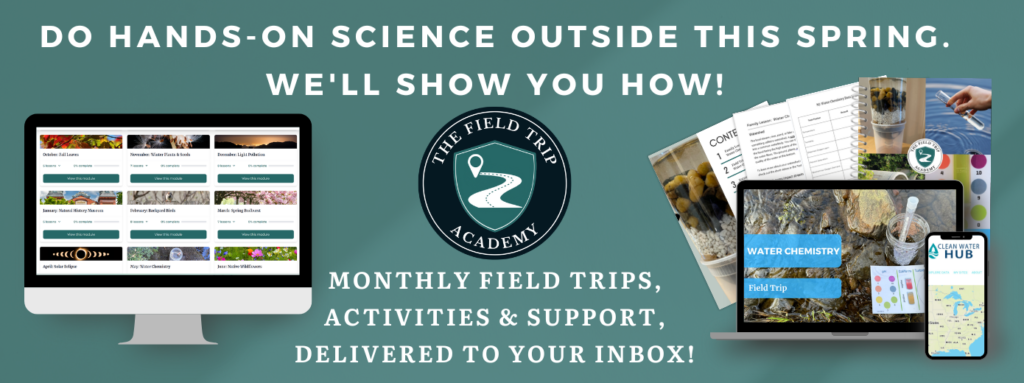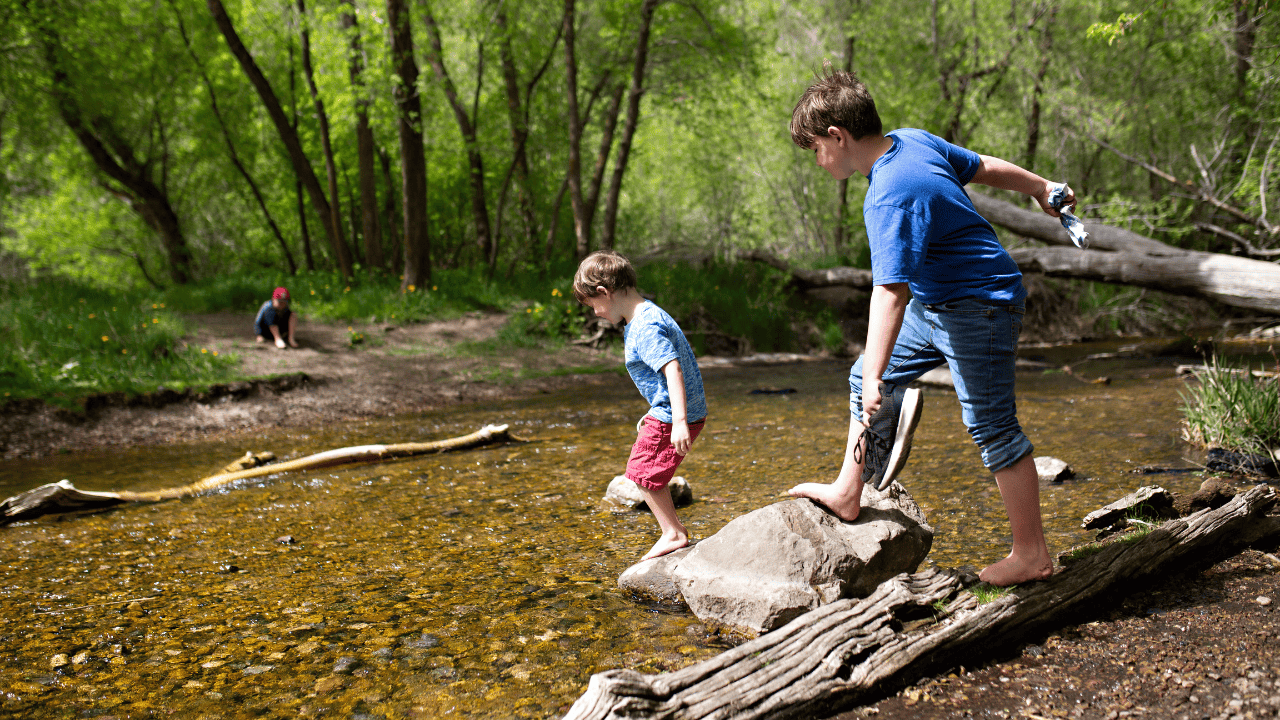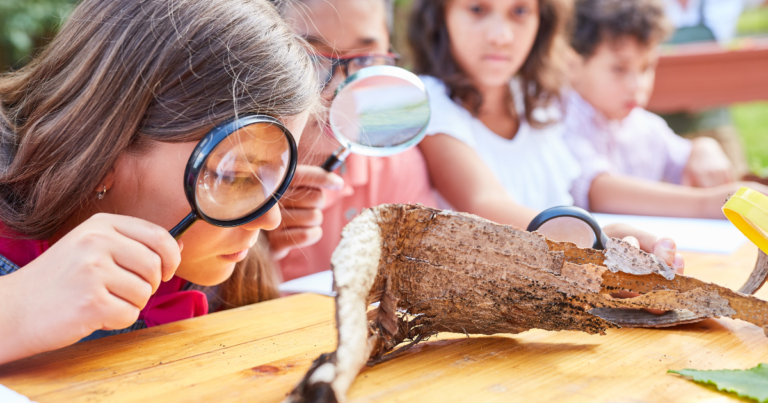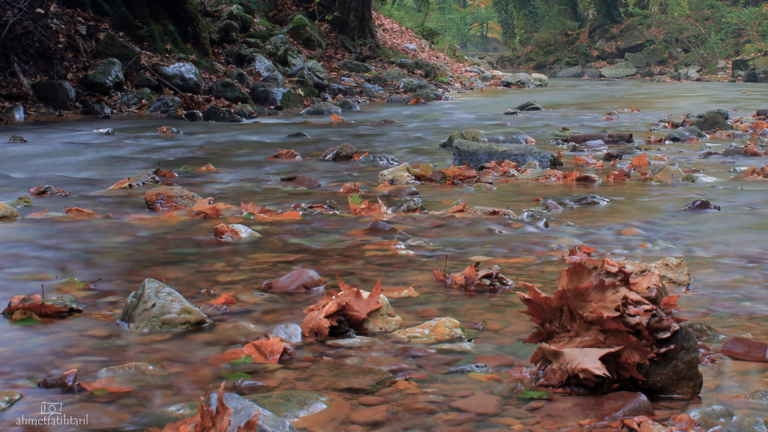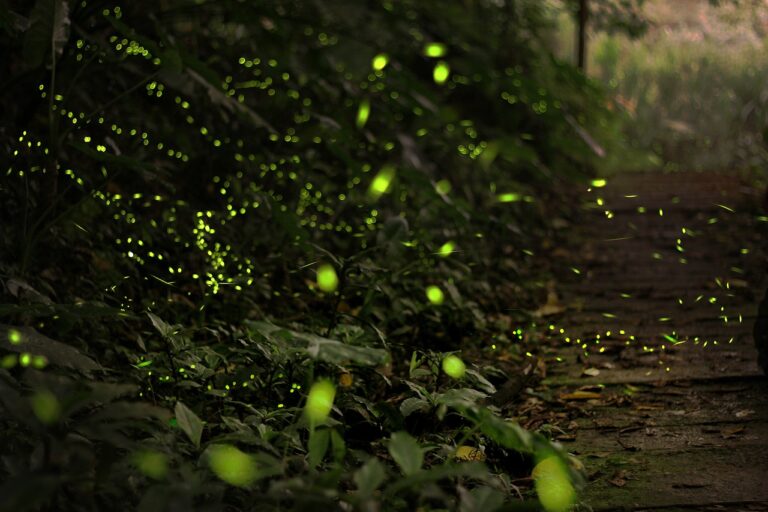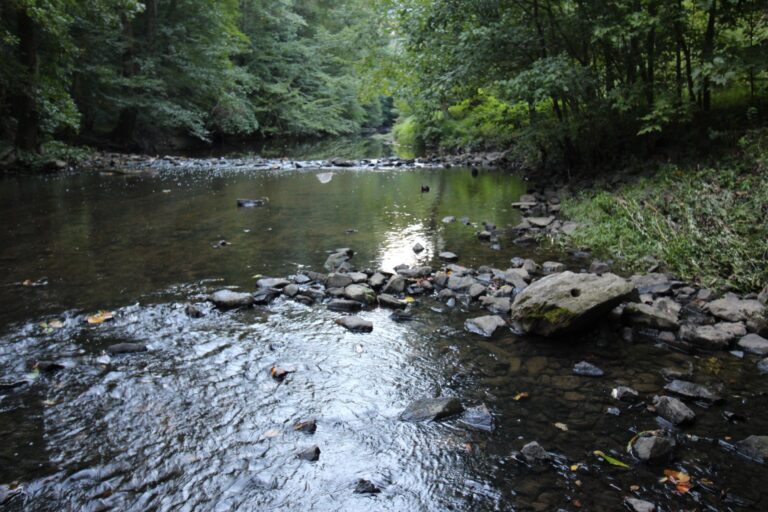Respond to Bad News with Positive Change: Nitrate Watch
Often our kids read about distressing events in the news and feel helpless to do anything that helps cause positive change. Well, what if they found ways where they could? Let me share with you one such example involving nitrate.
The bad news
In March 2024, a worker at an agricultural company went home for the weekend. But he forgot to close a valve on a storage tank that contained liquid nitrogen fertilizer. So over the weekend, 1500 tons of fertilizer poured out unnoticed into a drainage ditch. By the time workers came back on Monday and noticed it, it was too late. The fertilizer had already made its way into the local river and was heading downstream. The path of destruction it left in its wake was tremendous. The fertilizer killed most aquatic life along a 60-mile stretch of river. An estimated 750,000 fish died in the river. They washed up in piles on the bank and bellied up in the middle of the waterway, easily noticeable from a distance. A fisherman put on waiters to survey the damage and commented on how he saw all types of fish, large and small, dead. Frogs and snakes were also affected.
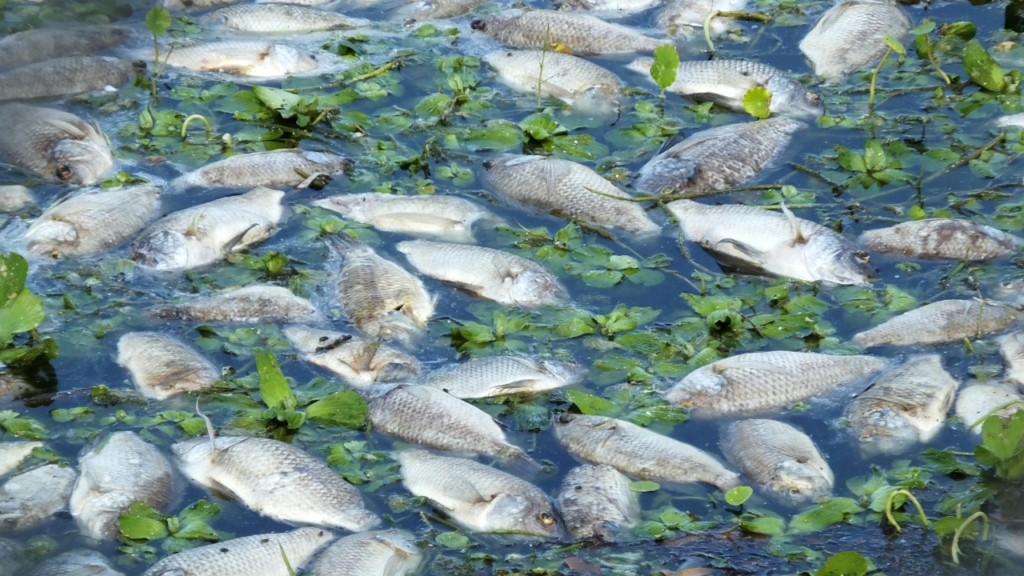
Nitrate
Liquid nitrogen fertilizer, like that in this story, contains nitrates, a compound that dissolves in water. The fact that it absorbs in water is good in that it can then be taken up by plants from wet soil. The plants use the nitrogen in nitrates as a building block for proteins, essential for their growth, development, and metabolism. But the downside is that excess nitrate can also have negative impacts, including nutrient pollution in waterways and health problems in humans,
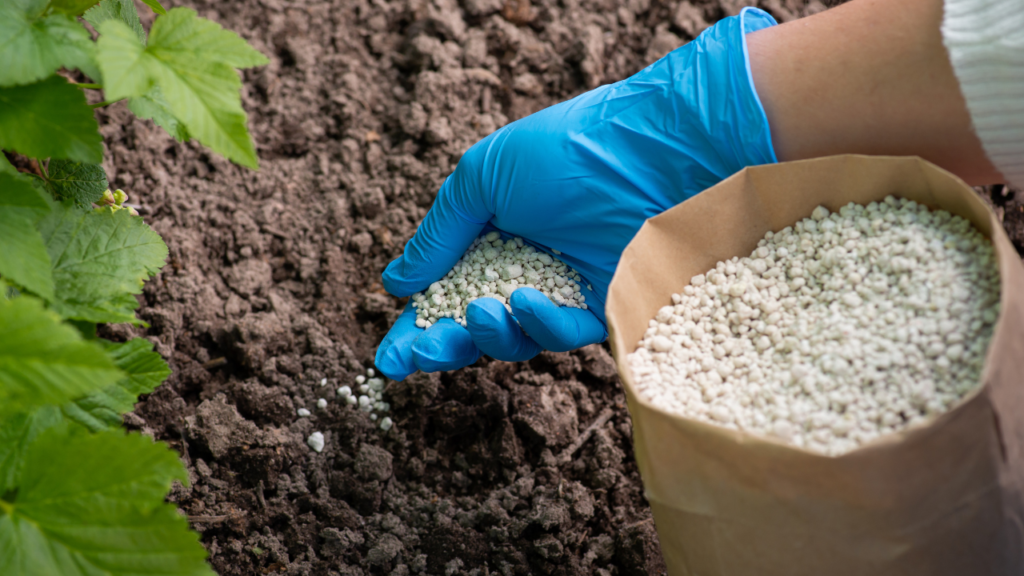
Nitrate Watch
If your kids are bothered by the story above, they need to know that they can make a difference. They can become “watchers of the waterways”, testing their own streams, rivers, and lakes for nitrate levels. A great way to do this is through a community science project called Nitrate Watch. Your family can sign up and the Isaak Walton League will send you 25 nitrate test strips for FREE. You then have your kids go around to different local waterways and test for nitrate. This is especially important if you suspect an area may be subject to chemical runoff from lands that have been fertilized (including people’s lawns). You can also test your drinking water from taps or wells.
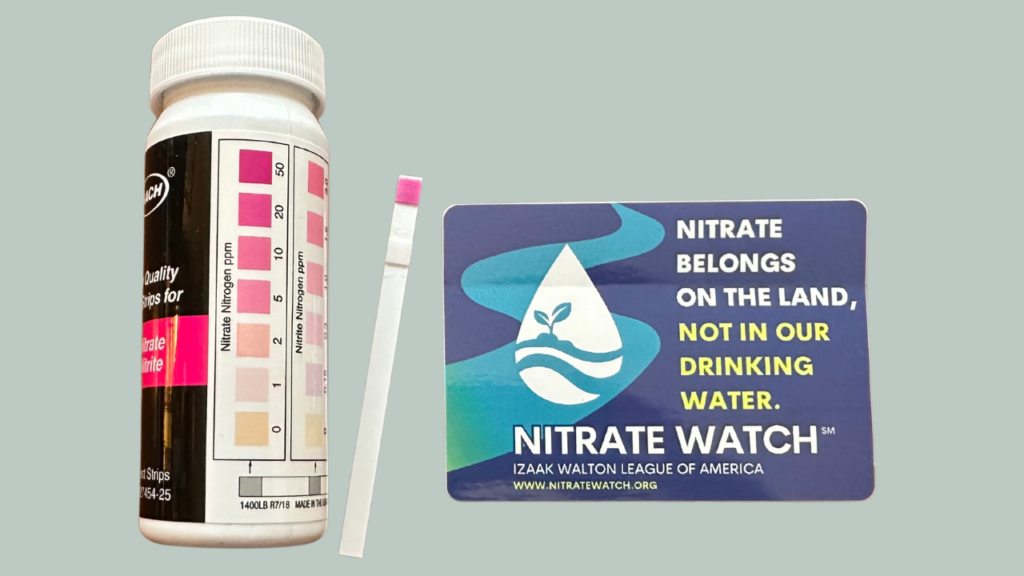
The test is easy to do, you just hold a test strip in the water for 30 seconds and then read the color change. You then can submit your results easily on a smartphone at Nitrate Watch’s Clean Water Hub. The Isaak Walton League even has a video explaining how to upload your data if your kids are not comfortable with online data entry.
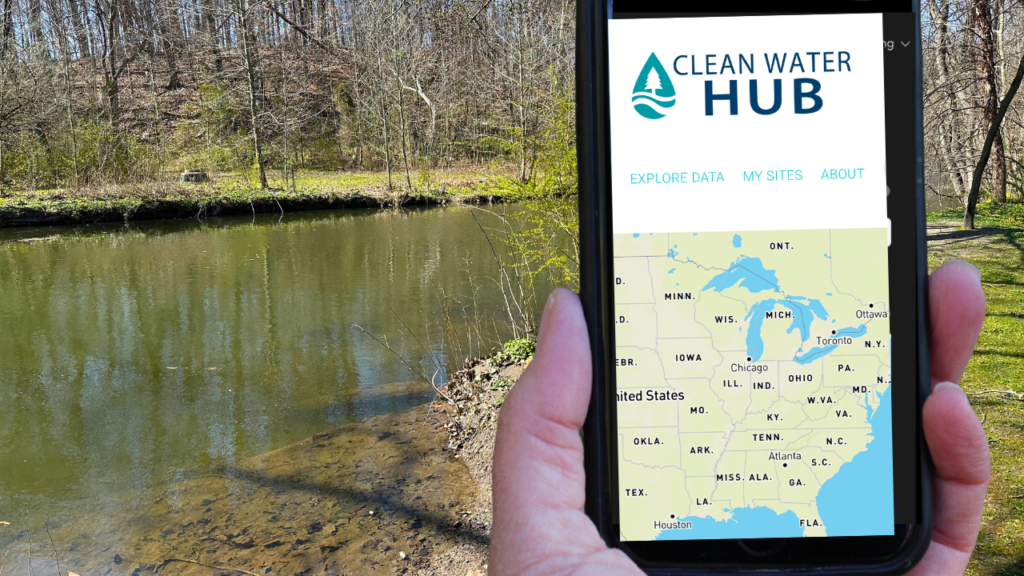
Another nice feature of this project is that they give you guidance on how best to go about testing on their “Make a Plan to Monitor” page. Not only do they give ideas of when and where to monitor but also advice on who to contact if your waterway has unsafe levels of nitrate. Your kids can then advocate for cleaner water in a tangible way.
Positive change
Having your kids learn about environmental issues like water pollution is important. And one way to do that is by reading about real-life examples in the news. But then following that up by actually doing something makes them feel like they can make a difference. Because they can! And the Isaac Walton League also has a companion project in the winter called Winter Salt Watch. Check out our blog for details.
Come join us!
If the Nitrate Watch project has sparked your interest in learning more about stream and lake health, then consider joining our Field Trip Science Membership. This upcoming month’s module is on water chemical testing. Why not try us out? We are so sure that you’ll love our membership that the first 30 days are FREE! You can cancel at any time.
